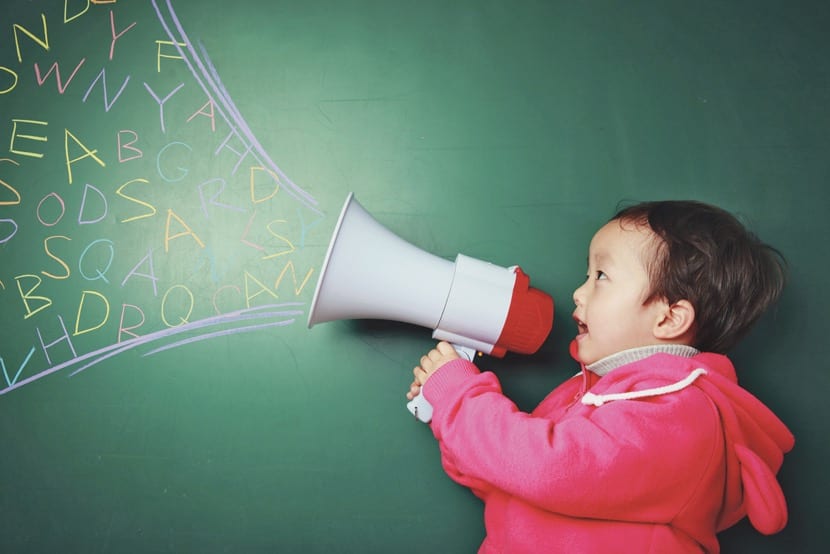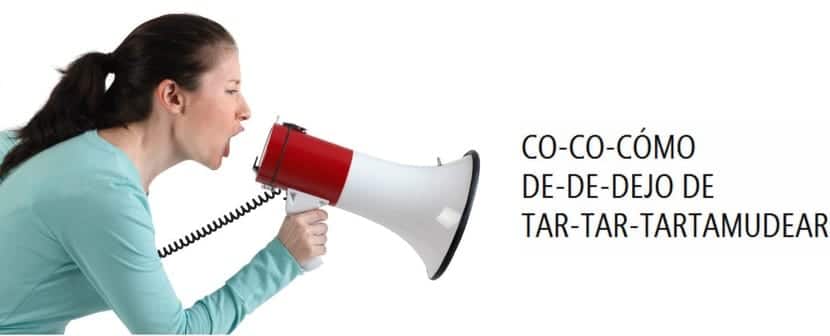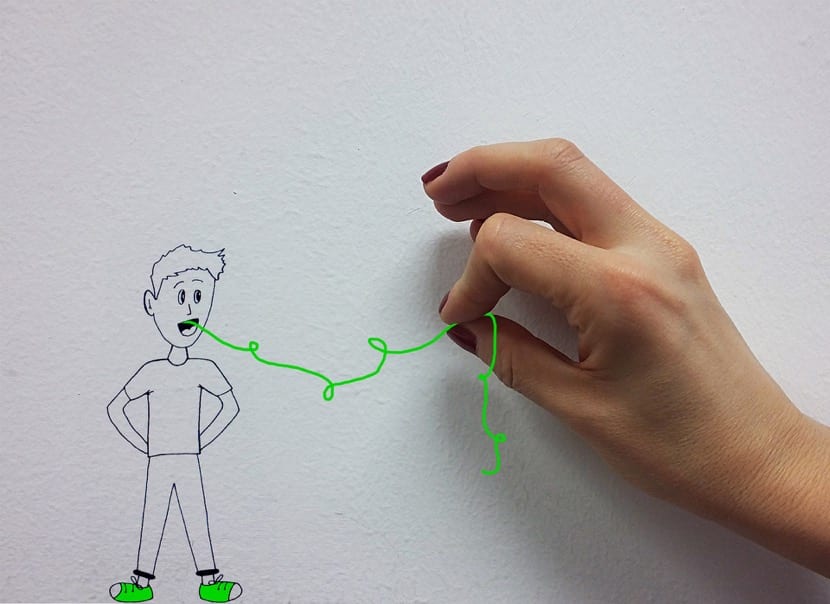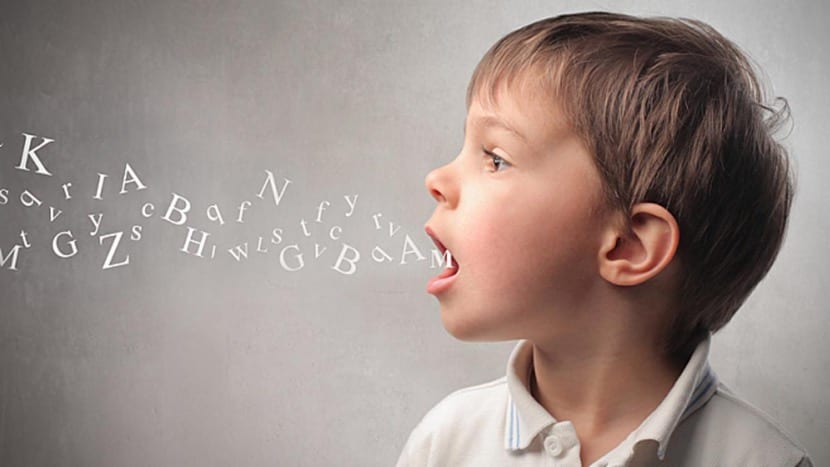
Perhaps the term "stuttering" sounds more familiar to you than the term "dysphemia" but in reality we are not talking about the same thing although many think so. Some authors consider this disorder and stuttering to be the same, while other experts differentiate between the two speech disorders.
Dysphemia is a difficulty that affects the development of speech. When a person suffers from it, they repeat the same word or syllables several times. They feel that they are "stuck" between words and that they are not able to move forward. This generates a lot of insecurity and social anxiety. Also, dysphemia too it involves spasmodic pauses that interfere with normal verbal fluency.
Dysphemia or stuttering
Dysphemia is a speech disorder that involves the involuntary repetition of words and sounds. Therefore, many associate it with stuttering and underdevelopment within the speech progression in children. But are dysphemia and stuttering really the same?

Stuttering usually appears in children around the age of 3. It usually has to do with developmental issues, which is why it is more technically known as developmental stuttering. Developmental stuttering occurs because a child's reasoning works faster than his ability to express language. As the child continues to develop, the problem goes away.
Although dysphemia is also often called stuttering, it does not go away over time. When a child reaches 5 years of age and speech difficulties persist, then he may have dysphemia. To understand it better, let's talk about both in a different way.
Dysphemia
In its initial state, dysphemia produces alterations in speech at the sensory level and in terms of the ability to speak. Later, the affected person when seeing the consequences of the problem of this speech in the environment and social circles, begins to feel insecurity and low self-esteem. Mental work is very important to improve pronunciation since if the person gets nervous or gives him social anxiety, the problem worsens.
Stammering
Stuttering, on the other hand, refers to the repetition of syllables and sounds, as well as their prolongation. In this case, the repeats and stops appear when there is a break in rhythm. Since stuttering almost always has to do with the child's speech development, it usually goes away on its own. Therefore, only 1 in 20 children maintain their stuttering over time, turning into dysphemia. Most manage to overcome it during adolescence.

Types of dysphemia
Although some experts consider that stuttering and dysphemia are synonymous, despite having coincidences it is different as it develops over time in the affected person. The symptoms are the same but the duration in time is different, with temporary stuttering and dysphemia occurring even after the affected person's childhood and adolescence. ANDThere are different types of dysphemia, the following being the best known:
- Tonal dysphemia. In this type of dysphemia, it occurs when the flow of speech is interrupted by spasms. The person's face tightens aware of these spasms and the difficulty that is presented to them. In addition, a person with tonal dysphemia cannot control well the movements of the jaw.
- Clonal dysphemia. It is a genetic condition and is called clonal because the syllables are repeated before starting a sentence or when continuing with it. There is no easy tension although spasms slow down speech.
- Tonal clonal or mixed dysphemia. This is the most common type and occurs due to a combination of the two previous types.
Causes
Some of the most common causes that influence dysphemia are:
- Gender. It occurs more likely in men than in women.
- Genetics. Twins who come from a single egg and a sperm are more likely than one of the boys to have dysphemia. If an identical twin has a speech disorder, the other child will have a 77% chance of having it as well.
- Psycholinguistics. As children begin to speak, it may be difficult for them to associate a meaning to a written word. This will make it difficult for the child to pronounce the word and impaired verbal fluency.
- Trauma. A chronic or prolonged state of tension can also cause dysphemia. Putting pressure on a child to pronounce well can backfire.
Symptom
It usually appears during the first years of a child's life and usually coincides with spoken language, when a child begins to make sentences. The initial stage of dysphemia can occur around the age of three, although at this age there is usually normal difficulty in articulating language.
It is then, from the age of 5, when episodic dysphemia appears with episodes of stuttering that affect the child's correct verbal fluency. If after the child is 10 years old he continues with this problem then it is considered permanent dysphemia. It is necessary to recognize the symptoms to seek the necessary help as soon as possible:
- Linguistic manifestations. Redundant language, incoherent speech, and incomplete sentences. Lack of coordination between language and thought.
- Behavioral manifestations. You feel anxiety and a lot of insecurity when talking or communicating with other people. It is necessary that the child does not feel pressured to speak because then it could only aggravate the problem.
- Bodily manifestations. The person affected with dysphemia may also have nervous tics, psychogalvanic responses, spasms, hypertension, etc.

Transmission
If you or your children have symptoms of dysphemia, it is better to seek help from a specialist as soon as possible. The specialist will be responsible for establishing a plan to treat and prevent the problem. In general, therapy usually includes a combination of the following strategies:
- Speech therapy
- Psychological therapy
- Muscle relaxation
- Vocal control
- Pronunciation correction
With a good treatment on a continuous basis, speech can be improved quite significantly, it may even be that the person can have good fluency all the time, except in moments of anxiety or nervousness. It is important for people with dysphemia to have attention, support, and understanding from their family and friends.